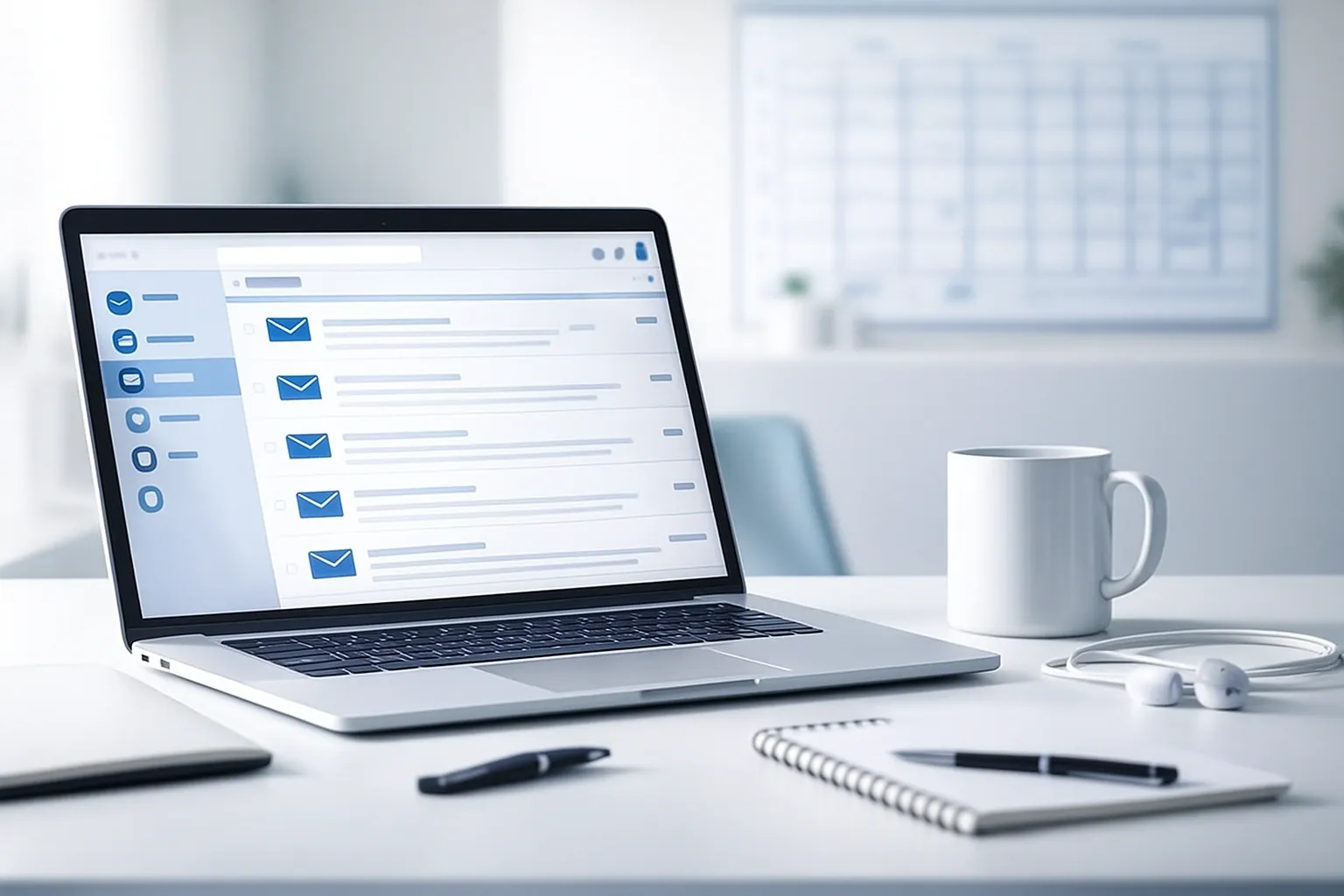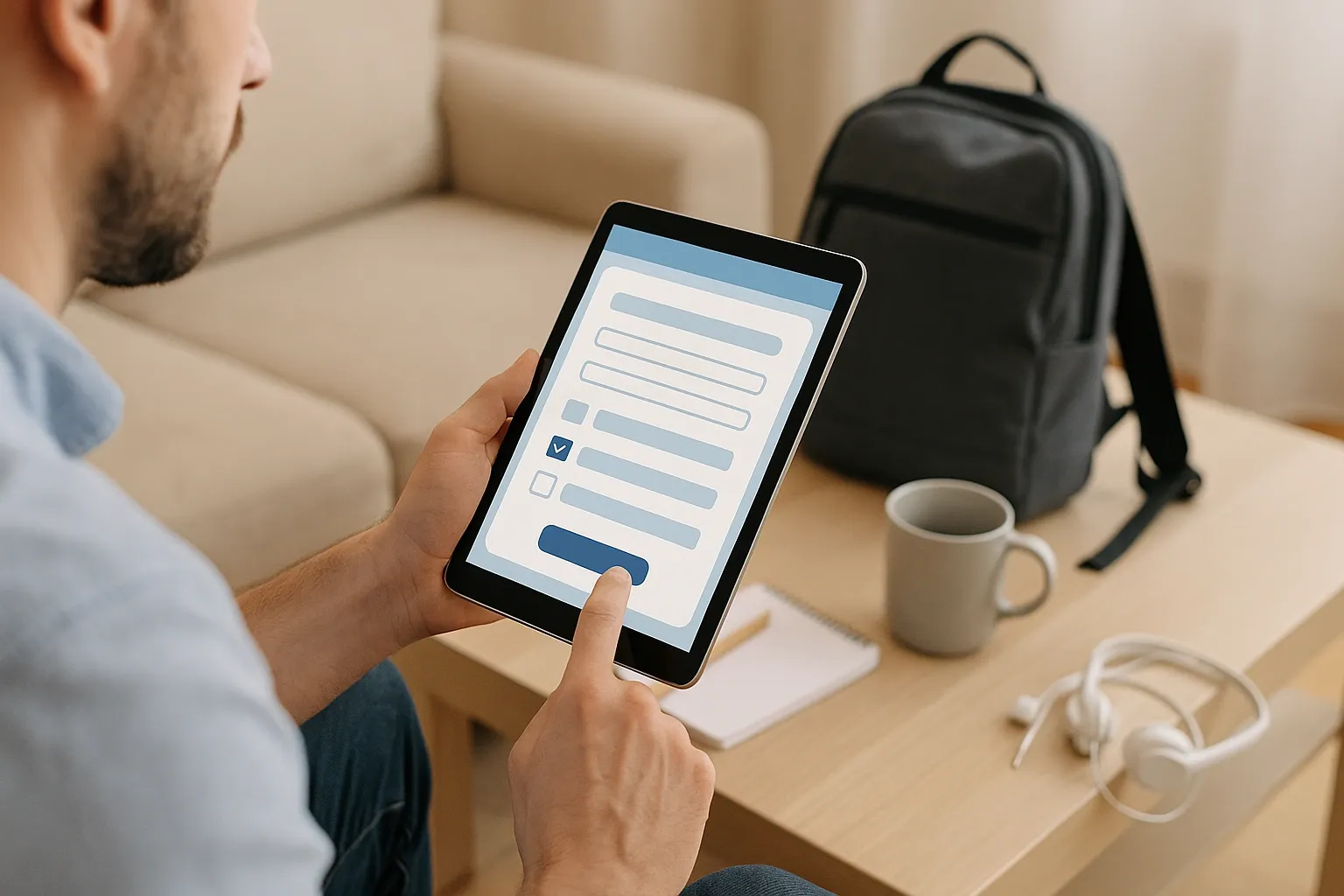
Research in outpatient care and primary care settings reveals that “forgetting the appointment” and the lack of clear reminders are among the main reasons patients fail to show up without notice. In other words, when a clinic improves its communication and scheduling systems, a large portion of missed appointments can be prevented.
For clinic administrators, no-shows are far more than a momentary inconvenience. They directly impact revenue, staff productivity, the patient experience, and the clinic’s ability to grow. By implementing clear processes, performance indicators, and an efficient management system, clinics can significantly reduce patient no-shows.
Why Patients Don’t Show Up: Understanding No-Show Behavior
Before presenting solutions, it’s essential to understand the most common reasons behind patient absences:
Forgetfulness: Without reminders close to the appointment date or a direct communication channel, the patient is more likely to forget the consultation.
Scheduling conflicts: Changes in work hours, unexpected family issues, or conflicting commitments often cause appointments to lose priority.
Transportation issues: Traffic, lack of adequate transportation, long travel distances, or poor weather conditions can easily disrupt attendance.
Weak connection with the clinic or provider: When patients do not perceive value in the service or do not feel welcomed, they are more likely to cancel or simply not show up.
Anxiety or fear: In specialties such as psychiatry, psychology, dentistry, or procedures involving discomfort, apprehension may lead to avoidance.
Inefficient communication: The patient may lack clarity about where to go, what to bring, how much they will pay, or how to reschedule.

These factors show that a no-show is not simply a matter of “patient irresponsibility.” In many cases, it stems from communication gaps and organizational weaknesses within the clinic. Reducing no-shows requires smarter, more proactive processes.
Before we move on, one important note: if you manage a healthcare clinic and need better scheduling organization, a secure electronic health record, and centralized financial processes, Ninsaúde Clinic can streamline your daily operations. Get in touch to learn more.

Organize the Schedule Around Your Patient’s Reality
The first step in reducing no-shows is aligning appointment slots with your patients’ daily routine. Clinics whose patients work standard business hours should consider:
- Offering more appointments early in the morning, during lunch breaks, and in the late afternoon.
- Creating specific blocks of time for certain types of visits or procedures.
With Ninsaúde Clinic, clinics can build custom schedules by provider, unit, or type of service—managing shifts, fit-ins, and follow-ups. This alignment increases convenience for patients and naturally reduces the likelihood of no-shows.
WhatsApp Confirmations: A Reminder That Fits in the Patient’s Pocket
WhatsApp is one of the most widely used communication channels between patients and healthcare services. Leveraging this platform is one of the most effective ways to decrease no-shows.
Using Ninsaúde Clinic, appointment confirmations can be fully automated via WhatsApp, with messages sent at strategic times—such as a few days before and again on the day prior to the visit. This generates three major benefits:
- It reminds the patient of the appointment.
- It opens a quick channel for rescheduling, if they cannot attend.
- It strengthens the relationship by adding a sense of care and proximity.

Instead of having the front desk spend hours calling each patient, the system handles the heavy lifting—allowing staff to focus on complex cases, fit-ins, and in-person support.
Email Reminders: The Strategic Power of Email Marketing
While WhatsApp is excellent for quick reminders, email is ideal for more detailed and structured communication. Email reminders can include:
- Date, time, and location of the appointment
- Important instructions (fasting, required documents, exam preparation)
- Policies for cancellations and rescheduling
With Ninsaúde Clinic, clinics can automate reminder emails and simultaneously run broader email marketing strategies, such as:
- Recall campaigns for patients who haven’t visited in a long time
- Educational content reinforcing the importance of ongoing care
- Segmentation by specialty, insurance type, or treatment plan

This ongoing communication strengthens patient engagement and makes them less likely to miss appointments—because the visit becomes part of an ongoing relationship, not a one-off event.
Pre-Appointment Registration: Commitment Begins Before the Visit
A highly overlooked strategy is engaging the patient before they arrive. When someone takes action in advance—like completing online forms—their sense of commitment increases.
With Ninsaúde Clinic, clinics can send a pre-appointment registration form via link so the patient can fill it out at home or at work, using their phone, tablet, or computer.
This brings several advantages:
- Shorter lines and wait times at the front desk
- Fewer errors and reduced rework, since the patient enters their own data
- A psychological commitment, as the patient feels the process has already begun
Once the patient invests time filling out the form, they are far less likely to simply skip the appointment without notice.

Make Cancellation and Rescheduling Policies Clear
Lack of clarity is another major driver of no-shows. Often, patients simply don’t know:
- Whether they are allowed to reschedule
- How much advance notice is required
- Whether penalties or fees apply
Therefore, it is essential to:
- Clearly communicate no-show and rescheduling policies when confirming appointments
- Provide simple instructions for unexpected situations
- Emphasize that notifying the clinic early allows another patient to be seen
This communication can be done via email, WhatsApp, and even electronic documents for signature. With Ninsaúde Clinic, message templates and workflows can be standardized, ensuring that all staff follow the same guidelines.
Use Data to Identify No-Show Patterns
Reducing no-shows is not only about sending reminders—it's also about understanding the data behind patient behavior.
Key indicators to monitor:
- Which days of the week have the most no-shows
- Which specialties suffer the most absences
- Critical time slots (morning, afternoon, evening)
- Differences between private-pay and insurance patients
With Ninsaúde Clinic, clinics can generate reports and dashboards that uncover these patterns. Based on this insight, clinics can:
- Adjust appointment availability
- Strengthen communication on high-risk days
- Create waitlists for time slots with higher no-show rates
- Tailor strategies to specific patient groups or specialties
A Fast Rescheduling Flow: Turning a No-Show Into an Opportunity
Another crucial strategy is making the rescheduling process simple and fast. If a patient needs to call, be transferred, and wait on hold, they’re more likely to postpone the task—or abandon it altogether.
When combining online booking with WhatsApp and email confirmations through Ninsaúde Clinic, clinics can:
- Provide links so patients can reschedule themselves
- Allow the front desk to quickly view alternative slots
- Suggest new appointment times as soon as a patient reports they cannot attend
This converts a potential financial loss into a timely reallocation—maximizing the schedule’s productivity.
A Trained Team Aligned With Technology
No system operates effectively without people. To maintain consistently low no-show rates, it is essential that:
- Front-desk staff understand the importance of reminders and follow the procedures
- Healthcare professionals reinforce rescheduling policies and encourage patients to notify early
- Management monitors indicators and continuously adjusts workflows
Enjoyed these insights?
Keep following our blog for more content on clinic management, medical marketing, and healthcare innovation.
Are you a healthcare professional who hasn’t tried Ninsaúde Clinic yet? Discover how the platform can streamline processes and elevate the quality of patient care.

